Gomphrena Buddy White Globe Amaranth pack of 25-30 seeds Imported
₹60.00
In stock
- Gomphrena Buddy White Uses:Plants for borders, pot plants, cut and dried flower production
- Exposure:Sun
- Garden height:6″ / 15 cm
- Crop time:8-10 weeks
- Sow time:January-June, sowing in intervals
- Sowing method:1-2 seeds per plug, sowing directly into pots is possible
- Germination*:10-14 days at 72-77 °F (22-25°C). Cover seed lightly after sowing. Avoid overwatering for best germination and root growth.
- Growing On:Transplant plugs after 5-6 weeks. Grow on at 62-65 °F (17-18 °C). Apply 150 ppm nitrogen weekly in a well-balanced formula.
- Media:Use a well-drained, growing substrate with 15-30 % clay, 0-20 % parts (e.g. coconut fibres, perlite), 1-1,5 kg/m³ complete balanced fertilizer, 0-2 kg/m³ slow release fertilizer (3 months), iron-chelate, micronutrients, pH: 5.5-5.8. Field: well-drained, sandy loamy soils. Standard fertilization: 60-80 g/m² of a slow release fertilizer.
- Temperature:Grow at 20-24 °C during daytime and at 15 °C during night or outdoors. Avoid temperatures below 10 °C. Protect the young plants outdoors against frost. Gomphrena does not tolerate frost.
- Fertilization:Moderate-high fertilization levels are required. Fertilize the crop weekly with 100-150 ppm nitrogen (at 2 kg/m³ slow release fertilizer in substrate), using complete balanced fertilizer. Avoid high ammonium and high nitrogen levels. Take care of the phosphate level in substrate.
* Germination Stages (from seed to finished young plant)
Gomphrena Buddy White Stage I Starts with the radicle breaking through the testa. The roots are touching the medium. Ends with fully developed cotyledons.
Stage II Starts from fully developed cotyledons. Ends with the fully developed true leaf or true leaf pair.
Stage III Starts from the fully developed true leaf or true leaf pair and ends with 80% of the young plants being marketable.
Stage IV All young plants are ready for sale and in the process of being hardened off. This stage lasts about 7 days.
The cultural recommendations are based on results from trials conducted under Central European conditions. Different conditions in other parts of the world may lead to deviations in results achieved.
| Weight | 10 g |
|---|---|
| Color | White |
| Germination Level | Easy |
| Growth Pattern | Up right Straight |
| Hybrid or Open Pollinated | Hybrid |
| Ideal location | Full sun |
| Origin Country | Germany |
Be the first to review “Gomphrena Buddy White Globe Amaranth pack of 25-30 seeds Imported” Cancel reply
You must be logged in to post a review.
Related products
Summer Flower seeds
Amaranthus Caudatus Love Lies Bleeding pack of 30 seeds Open Pollinated
Summer Flower seeds
Gaillardia pulchella Double mix flower seeds 30 seeds Open Pollinated
Summer Flower seeds
Summer Flower seeds
Gerbera Jamesonii California Giants mixed Color pack of 10 seeds Imported




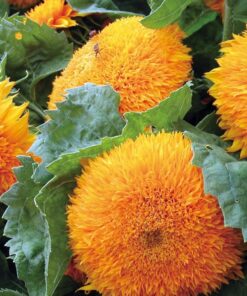
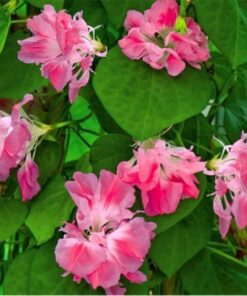

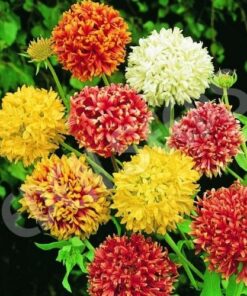
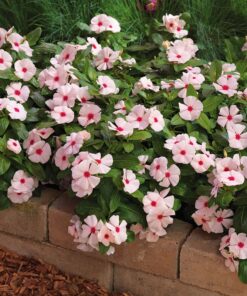
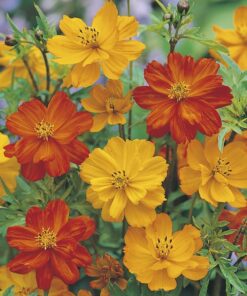

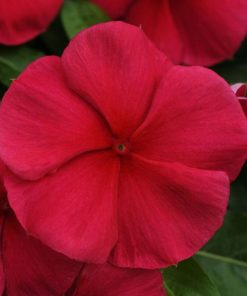
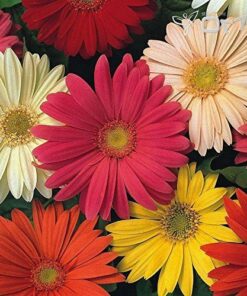

Reviews
There are no reviews yet.